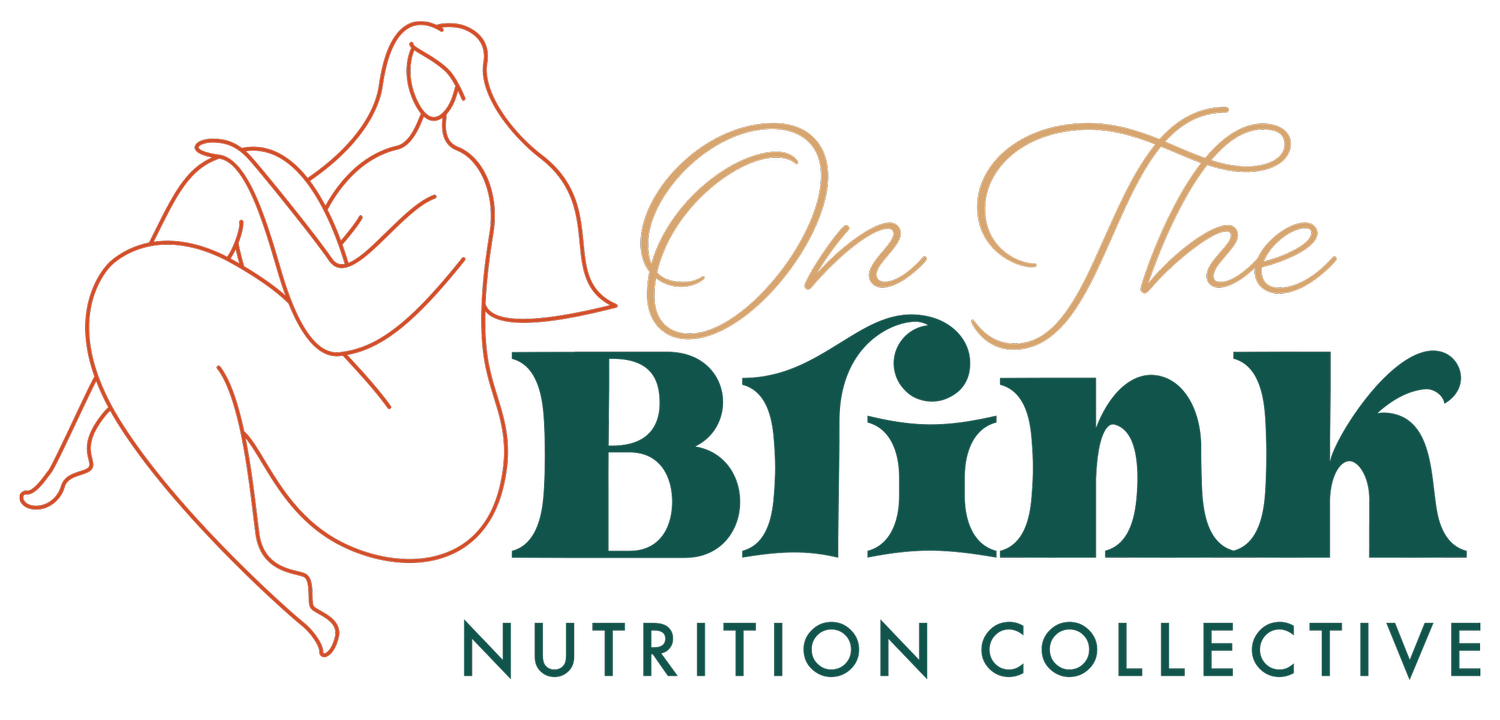Accelerator And Brakes - Factors That Influence Desire To Eat
I’m currently enjoying the book Come As You Are by Emily Nagoski. I can’t help make a connection between sexual function and dysfunction and the supportive and combative relationship with food I’ve experienced in my life and in my work as a registered dietitian.
In her book, Dr. Nagoski explains that within each of us are two systems that affect arousability which activate an accelerator and deactivate the brakes. The level of sexual arousal you experience at any given moment is the product of how much stimulation the accelerator is getting and how little stimulation the brakes are getting.
We all have a sexual accelerator and sexual brakes in our central nervous system. But, we have different sensitivities to these two systems which leads to different arousability - the potential to be aroused (paraphrased from p. 51-52 of the original text).
When I apply this framework to the relationship we have with food, I can see a two factor system at play. Instead of sexual arousability, let’s use the desire to eat. The level of desire to eat and permission we give ourselves to eat at any given moment is the product of how much stimulation the accelerator is getting and how little stimulation the brakes are getting.
A stimulation of the accelerator increases the desire to eat.
Accelerators:
Perceived hunger cues
Aesthetic quality of the food (how it looks)
Emotional connection to the food (a comfort food or a special dish representing a found memory or cultural significance)
Positive experience of eating the food (it meets a texture, temperature, or flavor need or the plate and utensils have a special function to support your ability to feed yourself)
Encouragement from a safe other: compassionate, caring, non-judgemental, curious, kind, etc.
Calm/secure eating environment
Supportive community + culture the encourages a positive connection to nourishment
Safe embodiment - experiencing the body as a resource and treating the body as a subject of the world
A reduction in the stimulation of the brakes decreases the disruption to the desire to eat.
Brakes:
Perceiving food as a threat: stress and anxiety about the effect of food in general or specific ingredients triggering a fight/flight/freeze response
Shame about your appetite
Self-criticism
Chaotic eating environment
Food insecurity
Fatphobia/Internalized fatphobia
Trauma (including, but not limited to, history of body shaming by a person of authority or peers, a fear of choking or history of having experienced coercive or forced feeding).
Disrupted embodiment - experiencing the body as an object to be gazed upon, negatively critiqued, and constantly measured by a metric established by a system out to make a profit on our vulnerabilities. Results may be distrusting or inability to perceive hunger cues.
Absence of an encouraging attachment figure (parent/primary caregiver): dismissive, unattuned to basic needs, judgemental, critical, disapproving
What my musings from personal and professional experience suggest is that there are many variables that influence our relationship with food, desire to eat, and the level of permission we give ourselves to make food choices and eat. There may be factors (CULTURE, genetics and family of origin) that we cannot minimally change. The invitation I want to offer is that, together, we can turn our attention and intention to that over which we have some control.
